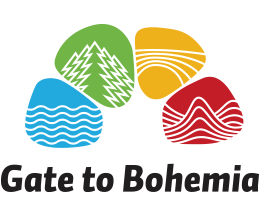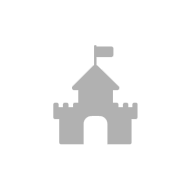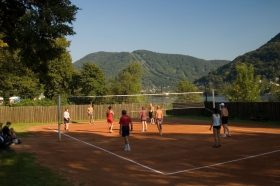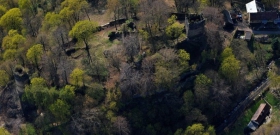Select from ...
Dolní Poohří
Krušné hory
České Švýcarsko
České středohoří
Transport method:









Search results:
Doksany Castle
The castle was formerly a Premonstratensians Cloister, founded in 1144-1145 by the wife of Vladislav II, Duchess Gertruda. The cloister church originally looked like a Romanesque basilica. Soon after the fire of 1200 the cloister and the church were rebuilt. But 100 years later they were hit by another fire. During the Hussite Wars the cloister was set on fire by the Prague Hussite Army in 1421 and it was badly damaged. The same happened again in 1778 during the war with Prussia. The ...
Castle - Bílina
The present-day Baroque castle is a massive two-storey rectangular building with large three-storey corner pavilions. The elongated block of the building with corner bastions is covered with a gabled roof and its western facade, with nineteen window axis, overlooks the square. The eastern facade features seventeen window axis, it is divided with pilasters and alternating segments and triangular pediments overlooking the courtyard. Inside the castle complex you can find remnants of the ...
Thermal Swimming Pool Brná - Ústí nad Labem
The Brná thermal swimming pool is located about 4 km to the south from the centre of Ústí nad Labem, in the direction of Litoměřice. Several thermal pools, a slide, beach volleyball, mini golf and paddling pool are at your disposal. There are refreshment facilities including a restaurant, changing rooms and bicycle storage. We offer the following services: thermal pools, slide, food kiosks, mini golf.
Špičák Peak Nature Reserve
The Špičák Peak Nature Reserve – near Krásný Les is a wooded hill at 723 m above sea level. Rocks of three geological periods can be found in the hill. The oldest one is gneiss, then the Mesozoic sandstone from Tisé and the very top is formed by volcanic Tertiary basalt. On the eastern slope of the sandstone there is a small fissure cave.
Podřipské Museum - Roudnice nad Labem
Podřipské Museum features a permanent expositon on the history and the present times of Roudnice nad Labem, but there is also a unique exhibition to be seen called "Mechanical Říp". 42,000 nuts and 32,000 parts from 55 sets of Merkur building blocks have been used to make the movable diorama come alive. The Mechanical Říp exhibition is complemented with an ornithology exhibition.
Rýzmburk Castle - Osek
The oldest and most robust Gothic castle in the area below the Krušné Mountains, called in the period fashion Riesenburg, the Giant's Castle. The construction of the castle was initiated by Bohuslav I and in 1241 - 1250 the construction was completed by his son Boreš II. The Rýzmburks were one of the oldest nobility families in Bohemia, and the son, just like his father, held the position of the highest groom of the chamber of King Wenceslas I. The ...
Střekov Castle - Ústí nad Labem
The romantic ruins of Střekov Castle from the 14th century are one of the best remaining castle ruins in the Czech Republic. The silhouette of the castle on the steep rocky bill above the Elbe has been the symbol of the town for centuries. In 1316 in an attempt to ensure safe sailing on the River Elbe, the Czech King John of Luxembourg agreed with the Prague citizen Pešek of Veitmile that Pešek would built a new castle on the rock. The castle has been owned by the ...
Alum Lake - Chomutov
The Alum Lake (Kamencové jezero) holiday grounds act as a magnet for summer visitors to the town. You will find everything you need to enjoy a fine summer day here - accommodation (hotel, cottages, camping), food (restaurant, kiosks), and sport opportunities (water skiing track, the longest in the Czech Republic, mini golf, tennis, table tennis, volleyball, skittles). The Alum Lake is a worldwide rarity due to the composition of its water. The place used to be an alum ...
Dr E. Beneš Square - Klášterec nad Ohří
Dr. E. Beneš square in the historic part of the town is surrounded by townhouses in the Classicist and Empire style, built at the end of the 18th century. The corner house in the lower part of the square (No. 10) is the oldest building in the town. The Abbey of the Benedictines of Postoloprty used to be here at the end of the 12th century, and the town was built up around it. The monks built the Church of the Divine Body of the Lord, and later a hospital for the poor, and in ...
Gallery of St John the Evangelist - Jiřetín pod Jedlovou
Several mineral veins of copper, lead, tin and silver were discovered and mined on the north-west slope of the Křížová Mountain. The first attempts to mine ore were made in the second half of the 15th century. Mostly silver-bearing galenite and copper ore chalcopyrite were mined here. In 1782 a nobleman, Jan of Edenbruk, founded a mining company, deepened the existing galleries and established a new gallery of St John the Evangelist. Before the end of the 18th ...


























